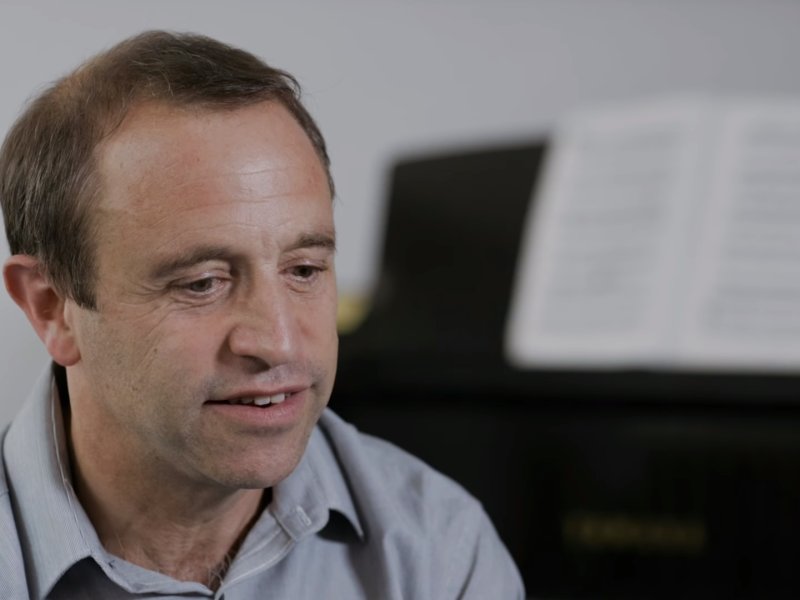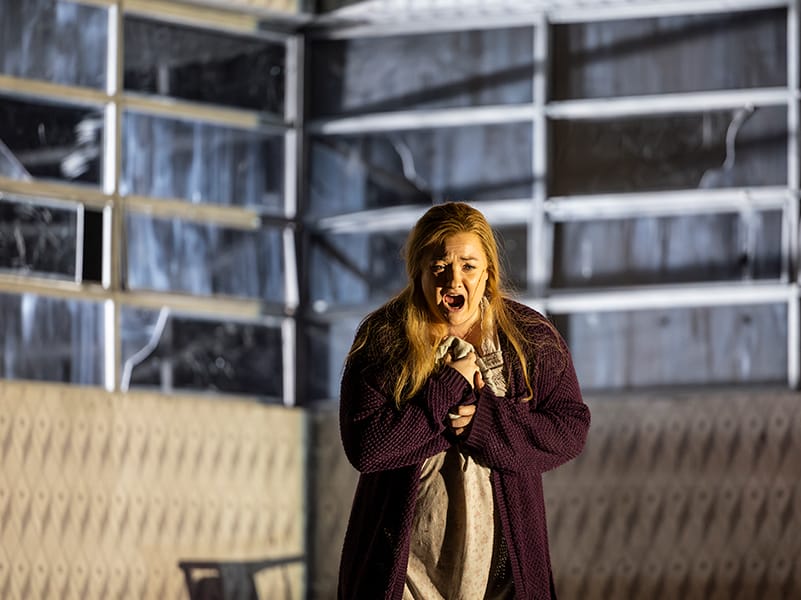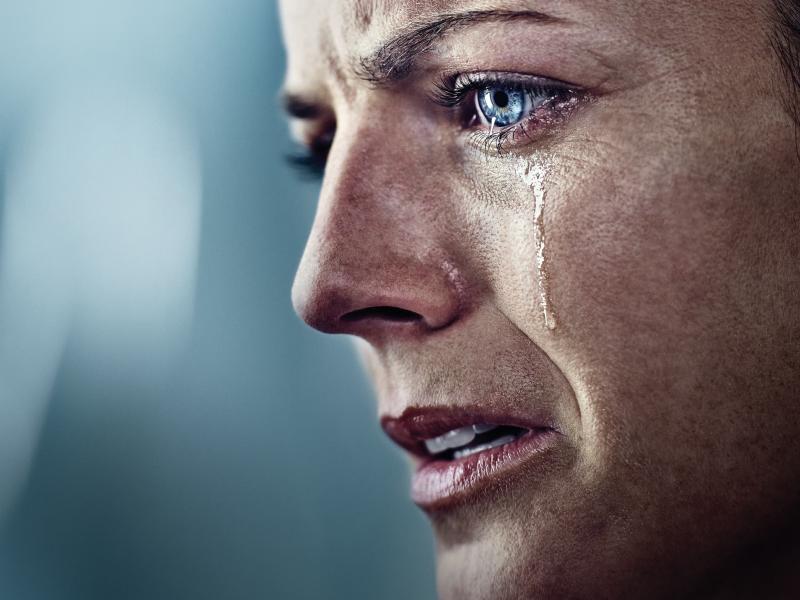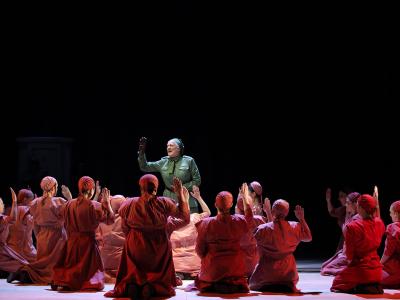Discover: Jenůfa
Jenůfa is an opera in three acts by the composer Leoš Janáček.
First performed in 1904, Jenůfa is an opera of overwhelming emotion. Janáček’s powerful orchestration was influenced by traditional folk music, and his vocal melodies pay close attention to the rhythm and inflections of Czech speech.
Describing a gritty tale of honour, love and sacrifice, Jenůfa explores the stigma of pregnancy out of wedlock against the backdrop of a small claustrophobic community.
Learn more about this moving opera as we share a detailed synopsis of the story, along with the answers to questions frequently asked about Jenůfa’s plot. You’ll also get a taste of ENO’s production with a trailer, photos and behind-the-scenes interviews.
Synopsis of Jenůfa
Act I
The Buryja Mill
Jenůfa waits anxiously to hear if her beloved Števa will be drafted, for she is carrying his child and her secret will soon be known. She is relieved to learn that he has not been called up and so can marry her before the pregnancy becomes obvious.
Števa’s jealous half-brother Laca secretly loves Jenůfa. A drunken Števa staggers in with some other recruits and breaks into a rowdy dance. Their behaviour incurs the disapproval of Jenůfa’s stepmother, the Kostelnička (not her name but her title – it means ‘village sacristan’) who tells Števa he can marry Jenůfa only after a year of abstaining from drink.
Left alone, Jenůfa begs Števa to marry her as soon as possible. They are interrupted and Števa runs off declaring that he will never abandon Jenůfa.
After Števa has left, Laca tries to incite Jenůfa’s anger against Števa; failing that, he impulsively slashes her cheek with a knife.
The worker Barena, who has been looking on, tells the others it was an accident, but the Foreman, who knows of Laca’s true feelings for Jenůfa, accuses Laca of hurting her deliberately.
Act II
The Kostelnička’s house, five months later
While everyone thinks Jenůfa has been sent away, the Kostelnička has hidden her away at home, where she has given birth to a boy. Though Jenůfa loves the child, the Kostelnička cannot bear the shame. Having secretly sent for Števa, the Kostelnička gives Jenůfa a sleeping draught. When Števa arrives the Kostelnička tells him about the baby and begs him to marry Jenůfa and acknowledge his son. Števa refuses: he is now engaged to Karolka, the Mayor’s daughter. Distraught, the Kostelnička turns to Laca, who is eager to marry Jenůfa. He is so upset to hear about the baby that the Kostelnička impulsively lies, claiming that the child is dead. Taking the baby, she heads for the freezing river to drown him. Jenůfa wakes, disoriented, just as the Kostelnička returns; the Kostelnička tells her she has been in a fever for two days during which the baby has died. She also tells her of Števa’s forthcoming marriage. Laca returns and offers himself to the Jenůfa. He insists that he loves Jenůfa despite everything and she agrees to become his wife.
Act III
Two months later
The marriage between Jenůfa and Laca is about to take place. Just as the couple are about to receive the Kostelnička’s blessing, a commotion outside interrupts the ceremony as the body of a baby has been found in the thawing river. Jenůfa realises this must be her own child.
Everyone now turns on Jenůfa, but the Kostelnička confesses her crime, begging the crowd to hold Jenůfa blameless. As the Kostelnička is led away to face her punishment, Jenůfa forgives her stepmother.
Jenůfa FAQs
Who wrote Jenůfa?
The opera and libretto was written by Czech composer, Leoš Janáček (1834 -1928), one of the most influential, original opera composers of the twentieth century.
When was Jenůfa written?
Jenůfa was written in 1903 and was unlike most contemporary operas of the period, tackling social realism and the moral compass.
What is Jenůfa about?
Jenůfa explores the stigma of pregnancy out of wedlock against the backdrop of a small claustrophobic community. Jenůfa is hiding a secret but when her interfering stepmother finds out she puts a plan in motion to save Jenůfa’s reputation. On her wedding day, the dark truth is revealed.
Where is Jenůfa set?
Jenůfa is set in a Moravian village community.






